The tantalising alternative scenario that could have given Verstappen victory at Imola


A quick glance at the results from the Emilia Romagna Grand Prix appears to tell a familiar story in 2020, as Mercedes secured a one-two, while Red Bull’s Max Verstappen didn’t feature in the classification after retiring with a tyre issue on Lap 50. But allow Mark Hughes to conjure up an alternative reality – one in which Verstappen avoided retirement, piled the pressure onto Mercedes and pipped Lewis Hamilton to victory…
Lewis Hamilton maximised two very obvious lucky breaks in taking his ninth win of the season: one, the piece of Sebastian Vettel-derived debris lodged in the barge boards of Valtteri Bottas' car, which cost him around 0.7s per lap of aerodynamic performance after having taken the lead at the start with Hamilton third, trapped behind Max Verstappen’s Red Bull.
Two, the timing of the VSC on Lap 30 as Esteban Ocon’s stationary Renault was removed by marshals from trackside, allowing Hamilton to make his stop with a significant few seconds saving on the field compared to the earlier-stopping Bottas.
READ MORE: Hamilton wins wild race in Imola as Mercedes clinch seventh-straight constructors' title
Hamilton had already established a pit stop’s-worth of gap over Bottas and Verstappen when he was given the VSC gift. Even without it, he could have pitted and still emerged in front of them – albeit by a less comfortable margin. But had he emerged from that stop only narrowly ahead of Bottas/Verstappen – as he would have done without the VSC – a third, less obvious, factor could have come into play which might have enabled Verstappen to have been a threat to Hamilton at the end rather than spinning into retirement from a punctured rear tyre. At the very least, it would have avoided the puncture and likely got him past Bottas. How so?
Let’s run that imaginary race without the VSC. Bottas has still got his barge board damage and has still managed to keep Verstappen behind him after they’d each made their early stops. Red Bull’s attempt at undercutting their man past the compromised Bottas has still failed, just as it did in reality. Hamilton has still been able to use his great combination of pace and tyre usage to run much longer and emerge from his stop in the lead, but by a much-reduced margin. Instead of getting the VSC gift on Lap 30, he’d stopped on, let’s say, Lap 33 once he’d got a comfortable 30s over Bottas (the pit stop loss was around 27-28s).
This brings Hamilton out in a narrow lead over Bottas/Verstappen – and apparently still sets him up for victory, given his hard compound tyres are much newer than theirs, Bottas is limping from his damage and Verstappen is stuck behind him. But in this race Red Bull makes a second stop on Lap 40 (after Vettel pitted out of the way), put Verstappen onto a fresh set of mediums – and Mercedes is unable to cover him, as they had no fresh mediums of their own for either of their cars (for reasons we’ll explain in a moment).
Verstappen would have emerged around 32s behind Hamilton and 28s behind Bottas – with 23 laps to go on much quicker tyres. He’d have needed an average advantage of 1.2s per lap to catch Bottas (more than feasible, given Bottas’ 0.7s aero loss), but a rather more ambitious 1.4s per lap to catch Hamilton.
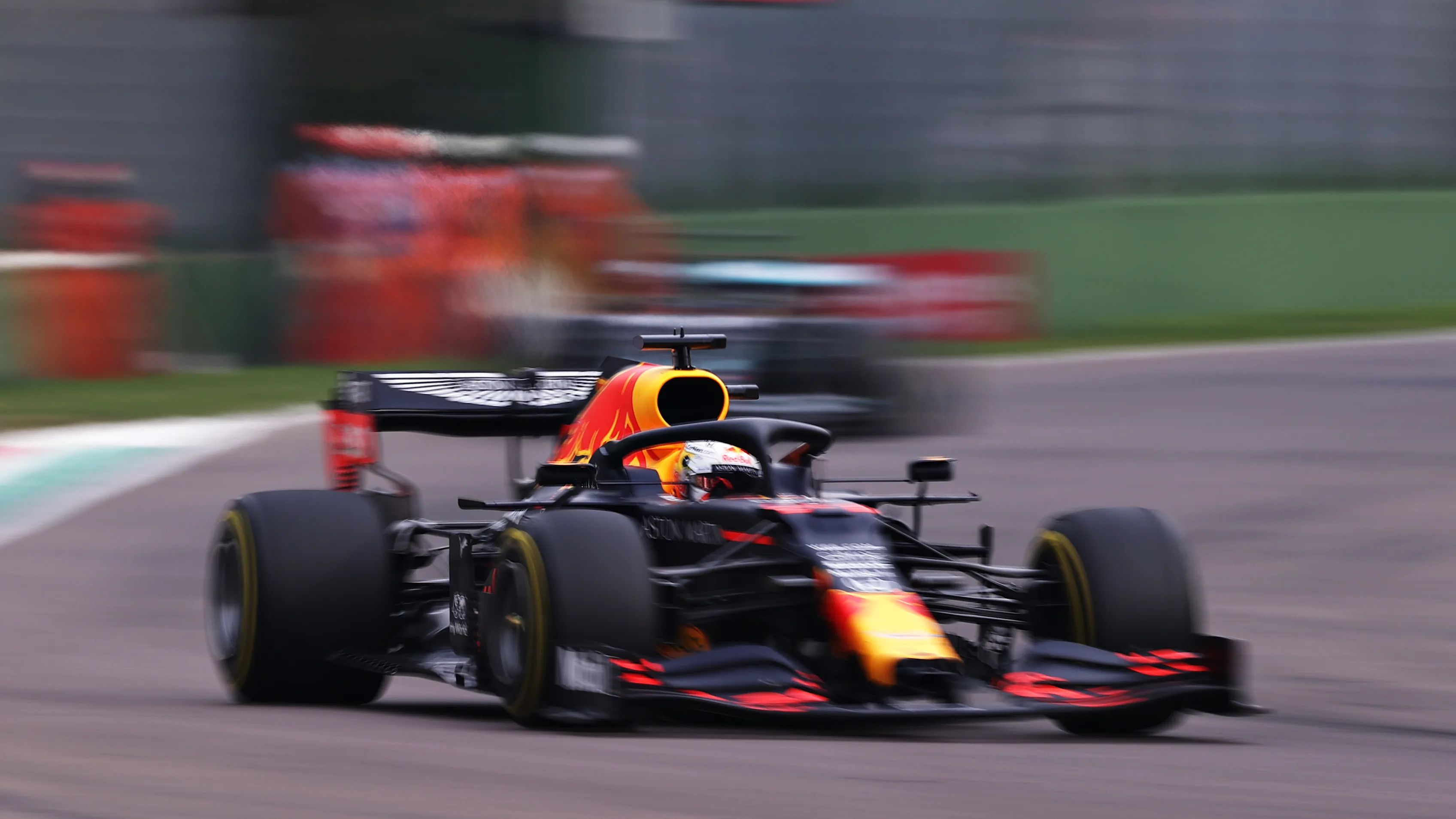
How much faster would new mediums be compared to hards seven laps older on Hamilton’s car and 21 laps older on those of Bottas? Intrinsically, the medium may have been as much as 0.5s faster than the hard. Add to that Pirelli’s estimates for the degradation rate of the hard of 0.04s per lap. Which in theory would have made Bottas’ tyres 1.34s slower than Verstappen’s fresh mediums – and on a crippled car 0.7s slower than it would normally be. So yes, it would have been more than feasible for Verstappen to have caught Bottas and – still with that performance advantage as he caught him – to have then overtaken him.
READ MORE: Imola race winner Hamilton says he wants to stay in F1 but there’s ‘no guarantee’
But could he then have caught Hamilton, whose tyres would only have been around 0.8s slower and on a car that was probably intrinsically around 0.3s quicker (so in combination with the tyre offset would have likely been only around 0.5s slower than Verstappen’s fresh-tyred car)? Unlikely. Hamilton would probably still have won but Verstappen would have been making big inroads into his lead in the closing stages, having passed Bottas. So this leads to two obvious questions…
How come Red Bull had a fresh set of mediums and Mercedes did not?
In the compressed two-day meeting, the tyre allocations to the teams had been reduced to six softs, two mediums and two hards per car (from the usual eight, three and two). With just one practice session, Mercedes had reckoned that the C4 soft was going to be a better tyre than the C3 medium around Imola.
The estimate was that it would be 0.6s per lap quicker over a single lap and that its degradation would be quite low. Red Bull didn’t trust that estimation and reckoned the medium was going to be the better race tyre. It therefore took care to ensure that Verstappen did not use the medium at all in the practice session, saving his two sets for qualifying and race.
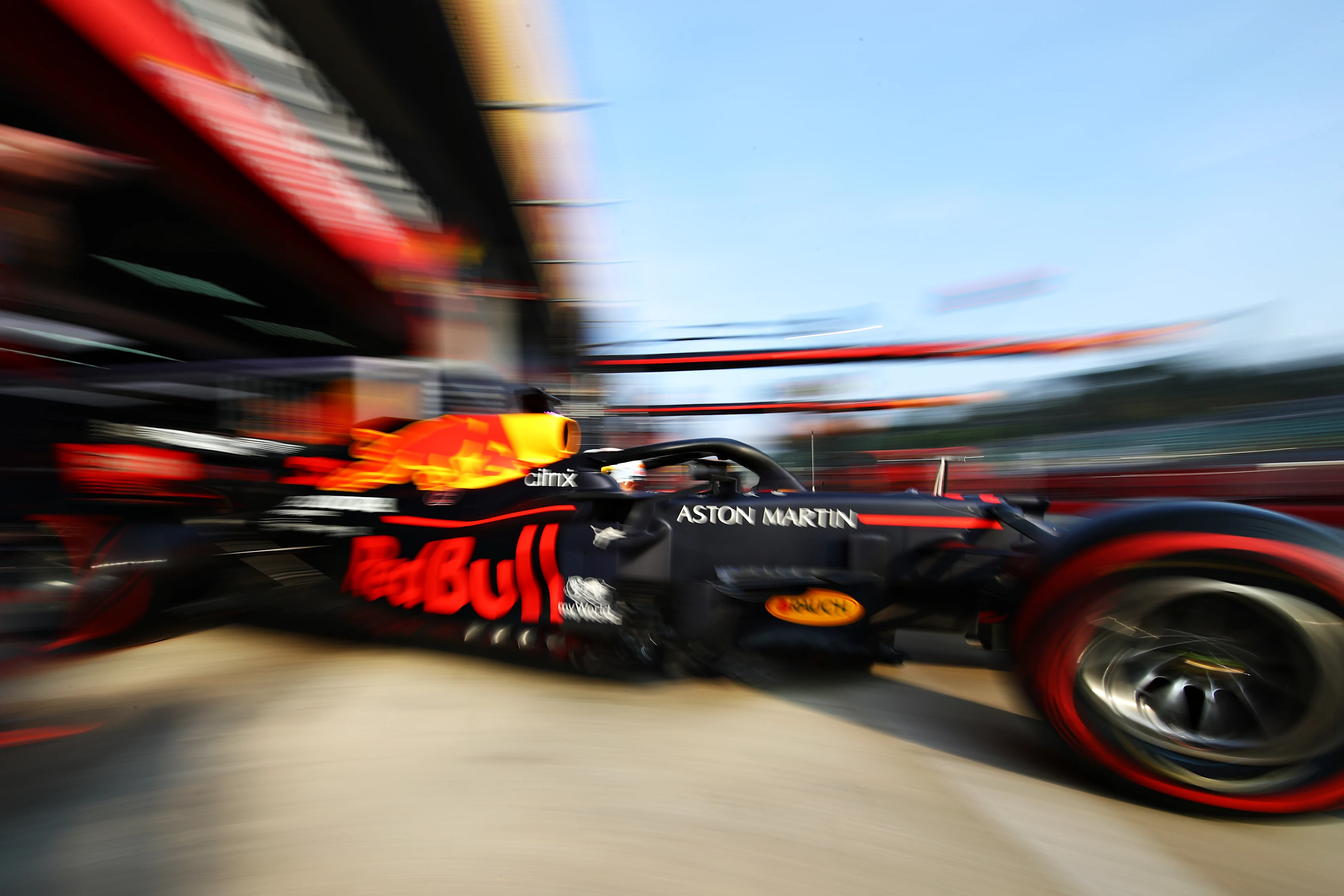
As soon as Mercedes began their long runs on the softs in that practice session, they realised the tyre was actually not as good as it had believed. The front right was ripping its tread off to the extent that its range was much reduced (pre-race estimate of range was 30 laps but no one used it in the race for more than 17 laps) and its qualifying lap advantage over the medium was only around 0.3s. But both Hamilton and Bottas had already used one set of mediums each by the time this was discovered. The other single set apiece would be used in Q2 and for the first stint of the race.
As it happened, Verstappen’s spark plug problem in Q2 caused him to abort his original medium-shod lap. He was thus forced to use his second set for his Q2 lap in the repaired car. But that original set on the aborted lap had not been pushed hard. They were, in effect, almost new. It was this set that Red Bull could have fitted at a second stop. Red Bull’s better assessment of the relative strength of the two compounds had potentially given it a crucial strategy advantage.
Why did Red Bull not do that two-stop strategy regardless of the VSC?
When the long-running Vettel pitted out of fourth place on Lap 39, Verstappen was pressuring Bottas hard. The Merc’s difficult handling was by now really giving Valtteri problems as the tyres degraded and Verstappen was sensing he was going to be able to overtake on track. Already on one occasion Bottas had gone too deep into Rivazza 1 and been slow onto the pit straight – and Verstappen had almost been able to pass.
At this stage Hamilton was a further 10s up the road, partly thanks to that VSC exaggerating his advantage. From Red Bull’s perspective, second was there for the taking on-track – and the win was unfeasible. There was no point risking a second stop when it looked like Verstappen was going to pass on track – which he did on Lap 42 as Bottas made the same error but more so.
But had the VSC not boosted Hamilton’s advantage, that two-stop alternative may have been more tempting. Because it would potentially have offered the tantalising possibility of at least a challenge for the win. But had Verstappen two-stopped, there could have been a further sting in the tail. One that just might have provided an even more dramatic ending. Just before Verstappen’s puncture, Hamilton had been complaining of vibrations from the rear.
The suspicion is that Verstappen’s puncture was induced by debris damage. Mercedes were suspecting that Hamilton’s vibrations might have been tyre damage too – as they were far too new to be suffering wear-related vibrations. The Safety Car for Verstappen’s accident allowed Mercedes to bring both cars in for a precautionary change to softs.
So if Verstappen had made his second stop and got onto fresh tyres but Hamilton had stayed out there on tyres that seemed to have been damaged, it may well have been the Mercedes which suffered the tyre failure and the Red Bull which cantered to victory.
The difference between the two scenarios – the real one and the feasible alternative – is that VSC for Ocon’s broken Renault. On such small things can outcomes change.
Next Up
Related Articles
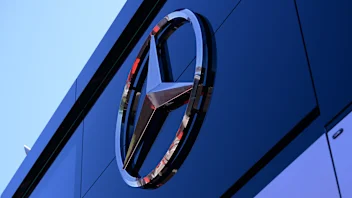 Mercedes confirm date for first look at 2026 F1 car
Mercedes confirm date for first look at 2026 F1 car Hamilton’s best helmets through the years
Hamilton’s best helmets through the years/16x9%20single%20image%20(3).webp) Exclusive‘I'm used to being thrown in the deep end’ – Lindblad
Exclusive‘I'm used to being thrown in the deep end’ – Lindblad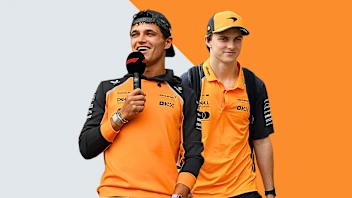 End Of Year Reports 2025McLaren’s best and worst moments from 2025
End Of Year Reports 2025McLaren’s best and worst moments from 2025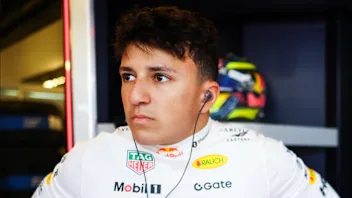 Mekies sets out expectations for Hadjar in 2026
Mekies sets out expectations for Hadjar in 2026.webp) 7 things to be excited for in the 2026 F1 season
7 things to be excited for in the 2026 F1 season